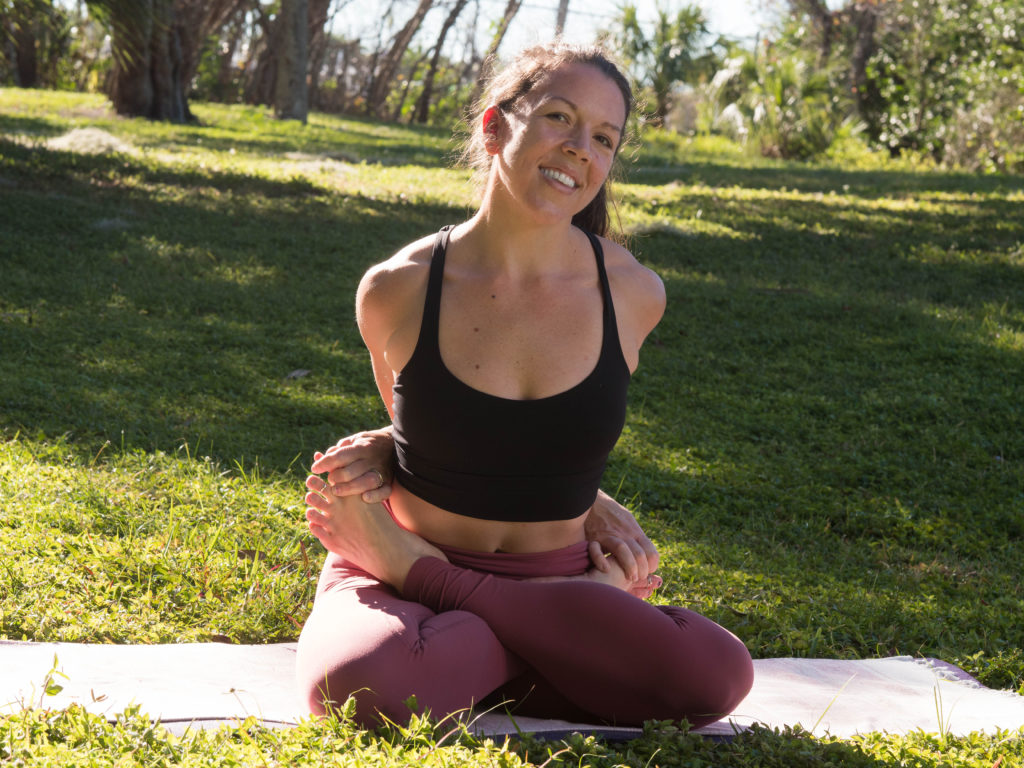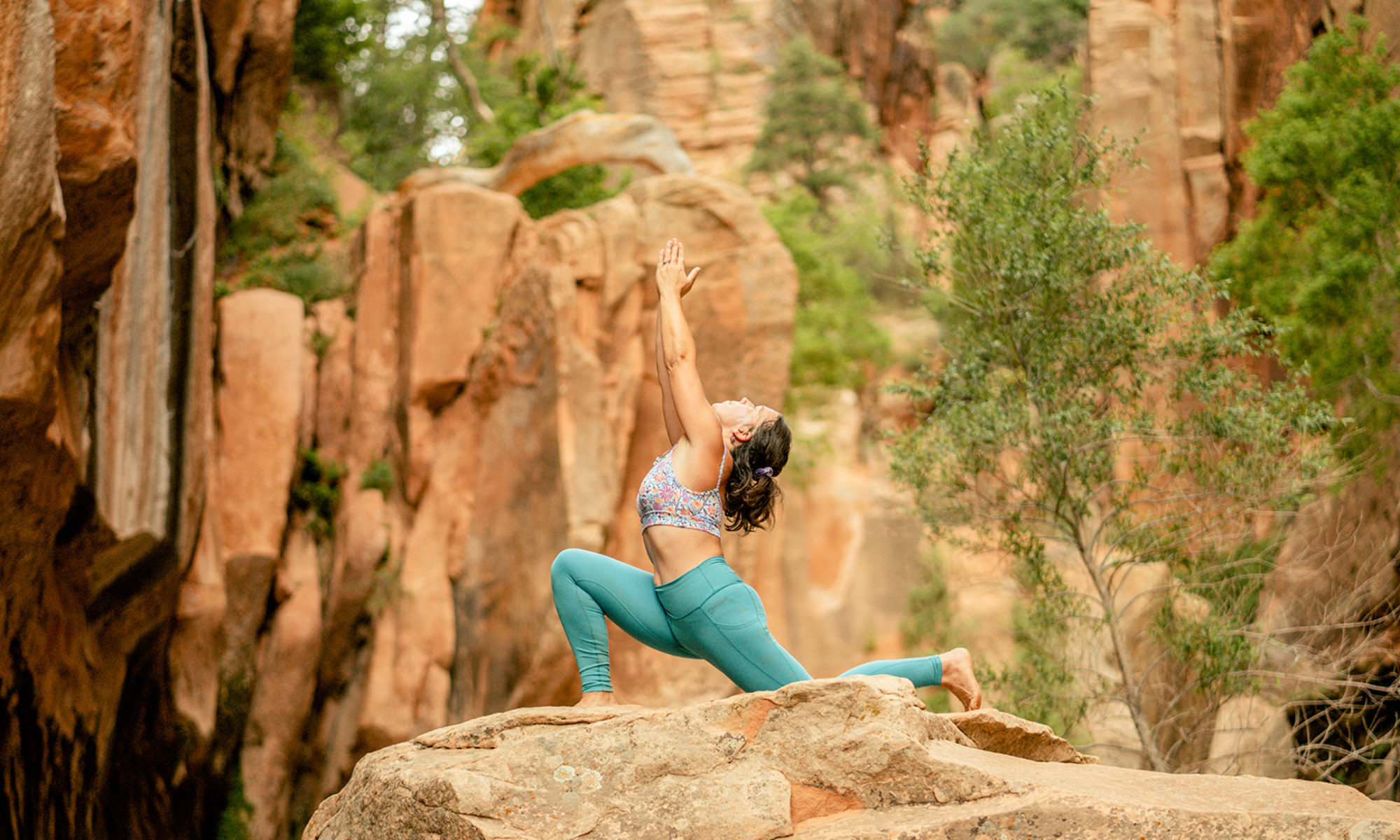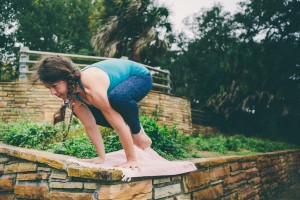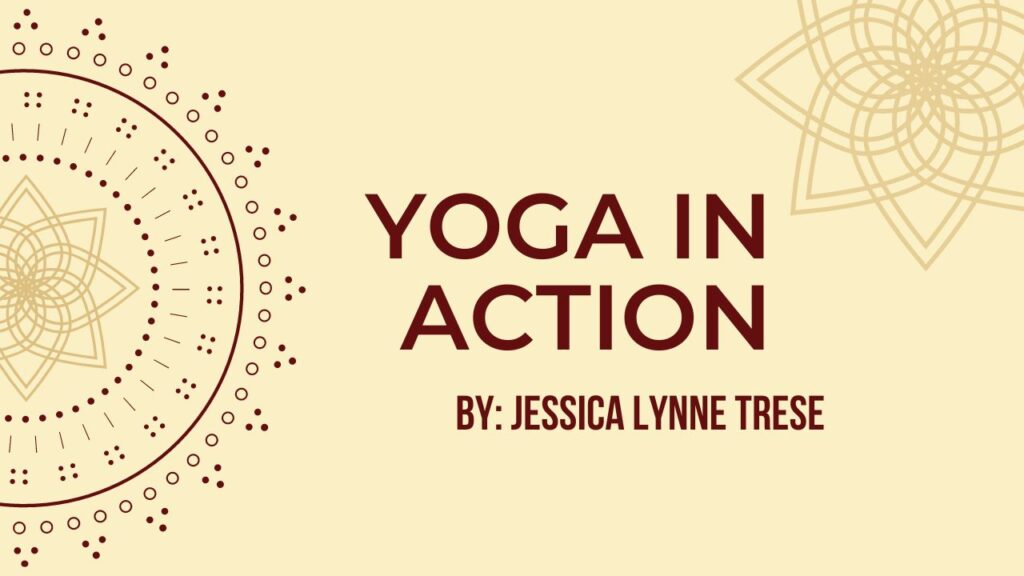
We all come to our yoga practice for individual reasons. Some seeking physical health, others for emotional and mental support. With consistent practice, many come to experience the powerful impact this practice can have on our total life experience. We might notice that our overall well-being transforms. And once we start to feel better in body, mind and heart, that impact can spill over into our personal lives and inform the way we interact with others. This can lead to an increase in meaningful and impactful connections.
However, it will not always be easy to integrate the lessons we learn on our mat. Some situations will be very challenging and we will find ourselves ruled by our previous patterns of conditioning and unable to connect to the calm and insightful teachings of yoga. These are the moments that offer us a powerful opportunity to transform.
The Bhagavad Gītā offers us wisdom and tools for navigating these challenging moments which have the potential to lead us in the direction of profound transformation.
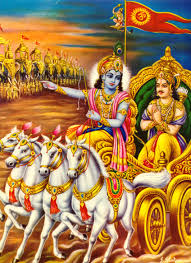
This epic poem beautifully paints the picture of the challenges of the human experience and offers readers a roadmap for navigating challenges and living a life aligned with their purpose.
Set on a battlefield, the main character Arjuna is facing the biggest existential crisis of his life. In the face of having to fight a war with his family, Arjuna throws down his bow and refuses to fight. His charioteer and dear friend Kṛṣṇa, is actually The Lord in human form guides Arjuna through a journey inward to find himself and answer all of his questions.
Kṛṣṇa peels back the layers of yoga, action, study and devotion to guide Arjuna as he is navigating the most challenging moment of his life.
This poem reveals that within each of us, a battle rages between selfish impulses that ignore the claims of justice and mercy and a realization that ultimately we are all connected in a unity that embraces all humanity and the whole world.
Arjuna is our conscious mind, which must make the choice of how we will live. Arjuna’s opponents on the battlefield represent our impulses to self-centeredness and greed. Kṛṣṇa is the divine spark within each of us, our higher Self, which is always available to rein in the horses of our feelings and thoughts and to guide us in the battle of life, if we will only seek that help.
The teachings that Kṛṣṇa offers to Arjuna are vast and multi-layered. In one of those lessons, Kṛṣṇa is educating Arjuna on is how to put yoga into action in his everyday life. This call for action is crucial. We must take action to support the collective growth and evolution of all of us. For, a choice to not do anything is in itself a choice which serves our lower self, the part of us that doesn’t want to do what is best for all because it’s hard, uncomfortable or costly.
Kṛṣṇa offers a 5-step plan to put yoga into action:
- Keep the spiritual goal
- Offer all actions to something greater than oneself
- Don’t be concerned with the result
- Be free from possessiveness
- Be calm
These five steps offer us a map to navigating the actions we can take in every moment of our lives.
KEEP THE SPIRITUAL GOAL
We are called to always remember what our ultimate goal is – to reduce all suffering and learn to connect with our true nature.
OFFER ALL ACTIONS TO SOMETHING GREATER THAN ONESELF
By offering our actions up to something that is greater than us, we free ourselves to act for the greater good, without prioritizing our own personal benefit of that of others.
DON’T BE CONCERNED WITH THE RESULTS
This concept might be the most misunderstood concept of all. We are being called to not control the outcome of our efforts. But this does NOT equal indifference. This concept is rooted in CONNECTION and calls on us to acknowledge that we are all in a collective and shared reality and to reflect on the impact of our actions (regardless of our intention) have on others and the world around us.
BE FREE FROM POSSESSIVENESS
This concept is also intertwined with the second one – since we are offering all of our actions to something which is greater than us, we will release our urge to grasp onto acclaim, accolades or praise associated with our actions and instead allow our actions to be of service to all – instead of just ourselves.
BE CALM
We must try to always find steadiness within ourselves so we can continually return to this constant process of reflection, release and adjusting.
These are the five steps Kṛṣṇa lays our for Arjuna to put yoga into action in his life. This method can be applied to every area of our lives and will deepen our understanding of ourselves and continue to fuel our spiritual journey.
Next time you notice yourself feeling frustration, anger, fear, nerves, etc. try to analyze your experience through the lens of these five steps and see if you’re able to find freedom in a different perspective. Often, this different perspective is expansive and inclusive all at the same time and might bring a bit of ease in a challenging moment.
